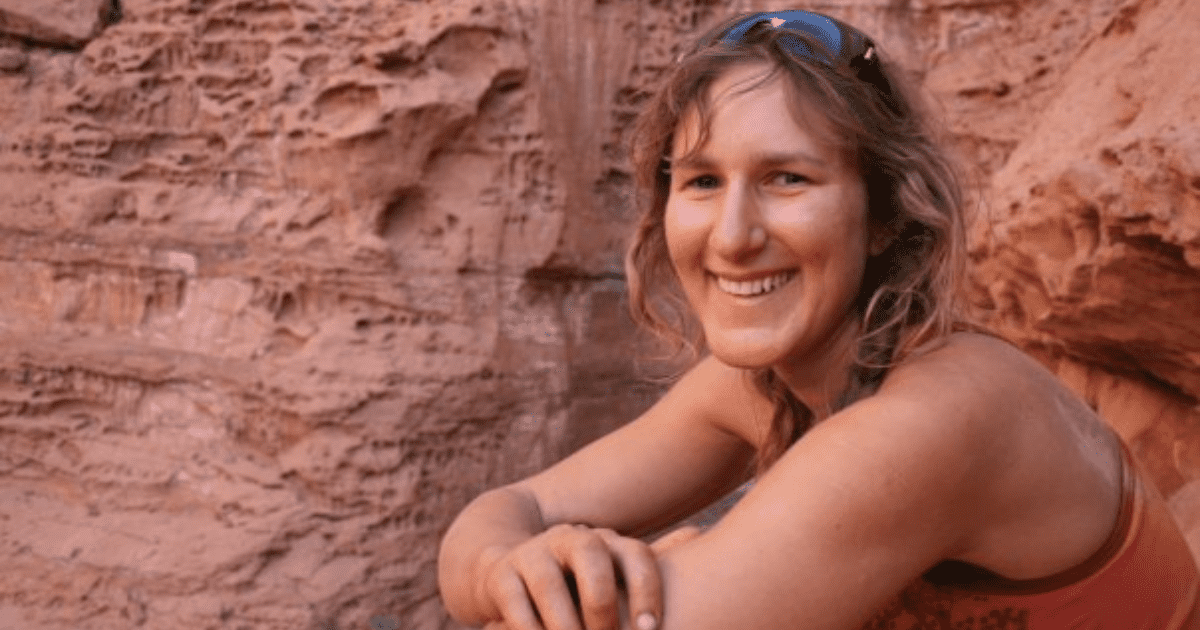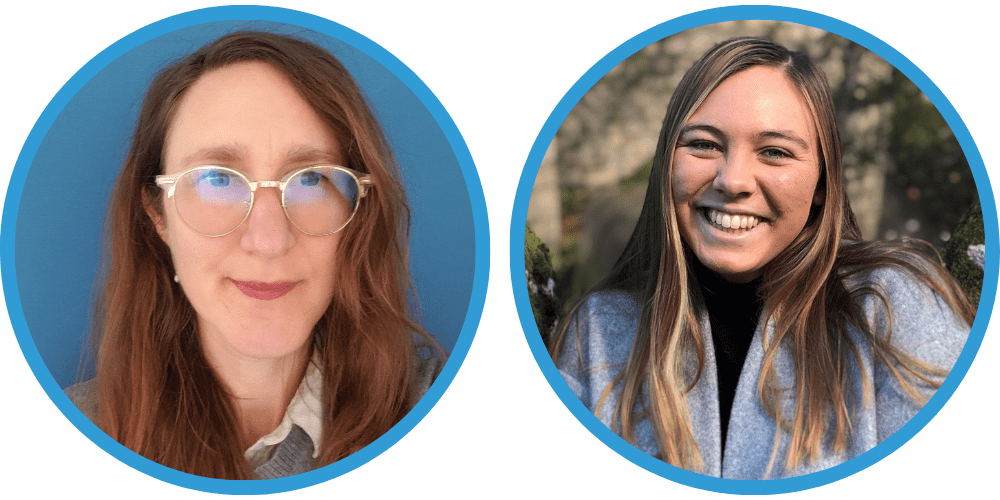Women of CalTrout: Katy Gurin
The Women of CalTrout
In this new series, our Communications Associate, Kara Glenwright, sits down for conversations with the women on our Conservation and Policy/Legal teams. Follow along as these women share their own stories and experiences as women in conservation and science at CalTrout.
Katy Gurin, North Coast Project Manager, and Kara Glenwright, Communications Associate
Kara: What is your position at CalTrout and what communities in California do you work most closely with?
Katy: I'm a project manager, and I work with CalTrout’s North Coast region team based in Arcata. I’ve been with the organization for just over a month now.
I primarily work on the estuary and lower watershed of the Elk River where it drains into Humboldt Bay. This is the ancestral land of the Wiyot Tribe. Stakeholders in the Elk River include several residential communities, ranching and dairy communities, nonprofit conservation and advocacy organizations, fishermen's associations, the Wiyot Tribe of course, timber landowners, and several agencies. The Elk provides critical habitat for several species of salmonids, such as coho, Chinook, steelhead, and coastal cutthroat trout. And several of these species such as Chinook, coho, and steelhead are currently listed as threatened and endangered. Then, in addition to salmon and steelhead, there are other native fish. Pacific lamprey are native to the Elk River, and we have Tidewater Gobi in some of the tidal regions and there may also be some nursery habitat for green sturgeon. It’s a beautiful watershed. It's forested in the upper reaches, and then there are broad floodplains lower down — it's very gorgeous.
Kara: How did you come into this position at CalTrout?
Katy: Specifically for this position, I saw a job announcement as my work with the Humboldt County Climate Action Plan was winding down. I was excited to see the job announcement and I applied immediately. This is exactly where I imagined myself in high school and college — I wanted to work with an organization that was taking the lead to protect and restore watersheds and ecosystems. I focused on hydraulics, hydrology and fisheries restoration while I was in the engineering program at Cal Poly Humboldt, and much of my early engineering career was in restoration. I spent a few years working as a consultant on non-fisheries projects, and on my master's degree, but I'm happy to be back in the conservation field again.
Kara: What inspired you to pursue a career in conservation?
Katy: It's something I've wanted to dedicate my life to for as long as I can remember. Even in some of my first memories as a child, I was aware that I was living through an age of accelerated extinctions and declining ecosystem health. I've known that I wanted to dedicate my career to try to reverse that decline, and the associated impacts to human communities, but it hasn't always been clear to me how I can be most useful. I've explored other ways to contribute: I worked as an engineering consultant to decommission a nuclear facility, I worked as an analyst to develop a climate action plan, and I spent many years volunteering to grow grassroots groups organizing for climate action.
I felt like I needed some space to think deeply about the ecological and social crises facing those of us living in this time, and so I decided to pursue a Master of Fine Arts. I wanted to use the lens of ecopoetics to start imagining a better way of being in the world. In grassroots organizing, at least in the climate organizations that I've been part of, there's more of a focus on keeping that space for art because it really helps people envision something other than what they have, and I think it can help stave off burnout too.
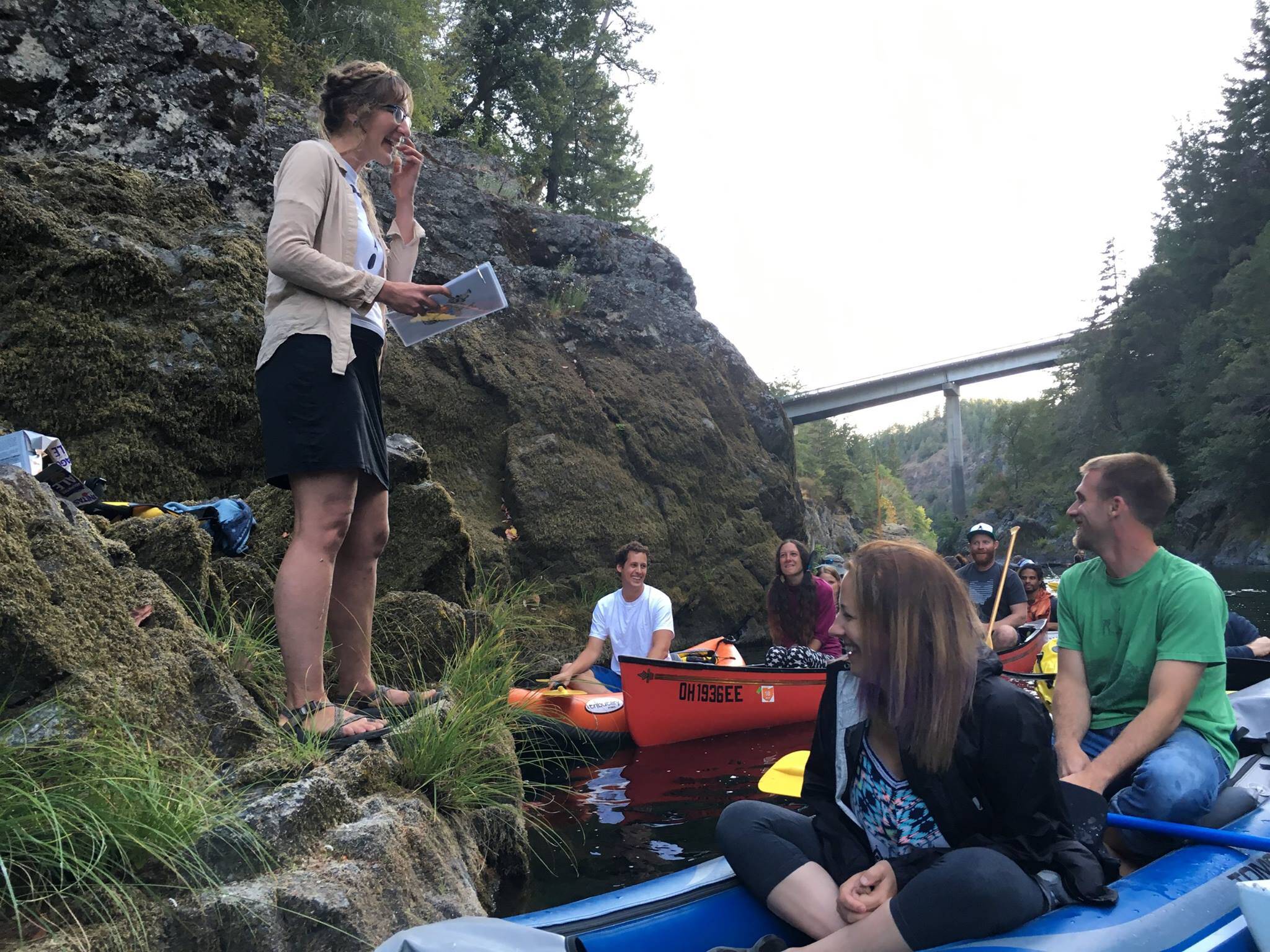
Kara: What is your favorite part of your job? Could you share with me some of the most rewarding moments of your work?
Katy: It's been wonderful getting to meet my coworkers. Honestly, they are such an interesting and motivated group of people, and they've welcomed me very warmly into the organization. I also love thinking about fish and watersheds, and it's been wonderful to get to read about the Elk River. As I'm doing the research that I need to do to get up to speed on the watershed, I'm reading about the human history of the Elk, its geology, its hydrology, its biology. It's so delightful to get to know a watershed at that level.
I lived near the Elk River for the first nine years of my life, and I remember it as a wonderful place. But I know now, after doing research, that the nine years that I was there were a period where the channel was experiencing severe impacts from sediment. It's exciting to get to envision, along with Elk River stakeholders, what it would be like for the Elk to be healthier. It's just really exciting for me to be part of this project. I know nine year old me would be so excited that I am doing this work today.
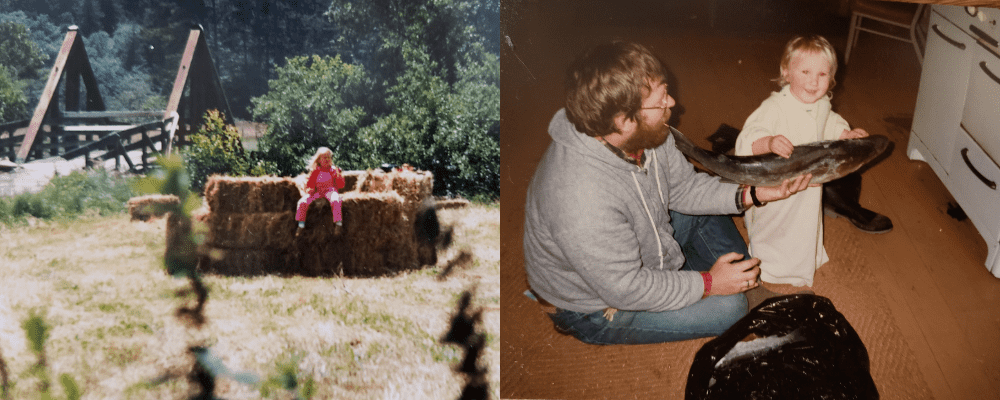
Kara: What does it mean to you to be a woman in this field?
Katy: Most of my experience has been working in engineering consulting fields and literary fields. I know that being a woman or non-binary person in some STEM fields, such as engineering, means that you may encounter some very cis male dominated spaces. Depending on the workplace culture in those spaces, it may be more difficult to feel welcome or to find role models. I also know that some women need to do more in the workplace than a cis male counterpart to get the same amount of recognition and they may have more domestic duties, such as childcare, if that isn't balanced at home. I think that it can be difficult for some women because you may have more challenges. For those who aren't privileged in other ways, such as by race or by socioeconomic status, those gender barriers can be even more exacerbated.
Kara: Could you share with me any historical or contemporary women figures in conservation (or outside of conservation!) that you feel particularly inspired by?
Katy: That would be a really long list, and so I think I'd like to just recognize some of the mentors that I've had in my career. I took classes from and worked with fisheries restoration engineers Eileen Cashman, Ph.D., and Margaret Lang, Ph.D. at Cal Poly Humboldt. Both go above and beyond to support their students. They're amazing. Likewise the poet Allison Adelle Hedge Coke at UC Riverside was and continues to be a great mentor to me in my career and to others as well. Allison is such an incredible advocate, as well as being an incredible artist.
Kara: What message would you share with younger women who hope to pursue a career in conservation someday?
Katy: I think my advice would be to recognize that this is a critical time to work in conservation in California and elsewhere. We're facing an extinction crisis globally, and other urgent problems like a climate crisis, racial justice crisis, housing crisis, and the list goes on. All these things intersect with ecosystem health. A lot needs to change very quickly to address the issues facing fish, watersheds, and people in California, and making these big changes will require the involvement of nearly everyone. My message to women and non-binary people, whether you're young or old, is to pursue a career in conservation. The field really needs you. Stick it out if you can, and it is really rewarding work.

Kara: Do you have a favorite river or fish?
Katy: This is probably the toughest question that you've posed so far. I love all North Coast rivers! I've spent so much of my life swimming and fishing and floating here. The Elk River is probably the river that's closest to my heart, but they're all beautiful.
I lived in Riverside for a little bit, in southern California, while I was getting my master's degree, and it's so cool to go along the LA River or the Santa Ana River and to see these little riparian spaces where you get a lot of diversity in species. It helps you see that there's a lot going on in some urban spaces, too. And there's a lot of restoration work going on in the southern areas of the state. I find that that work to be helpful and inspiring.
In terms of fish, all fish are so awesome. I love salmonids, of course. Also, I'm really fascinated by lamprey right now because of their long history on Earth, their fascinating life cycles, and their cultural and ecological importance.
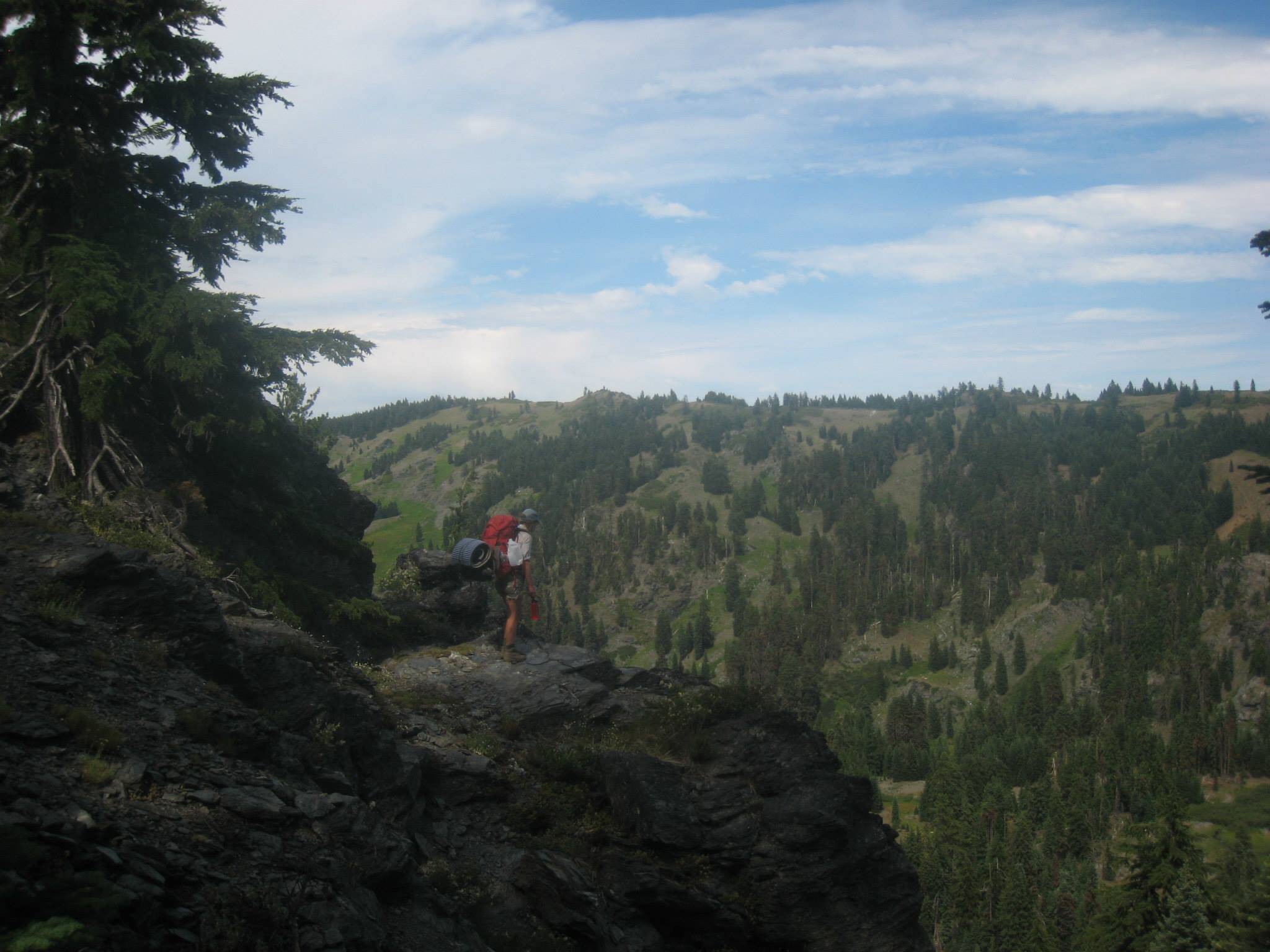
Stay tuned for our next profile from the Women in CalTrout, coming very soon!
Meet the Women of CalTrout
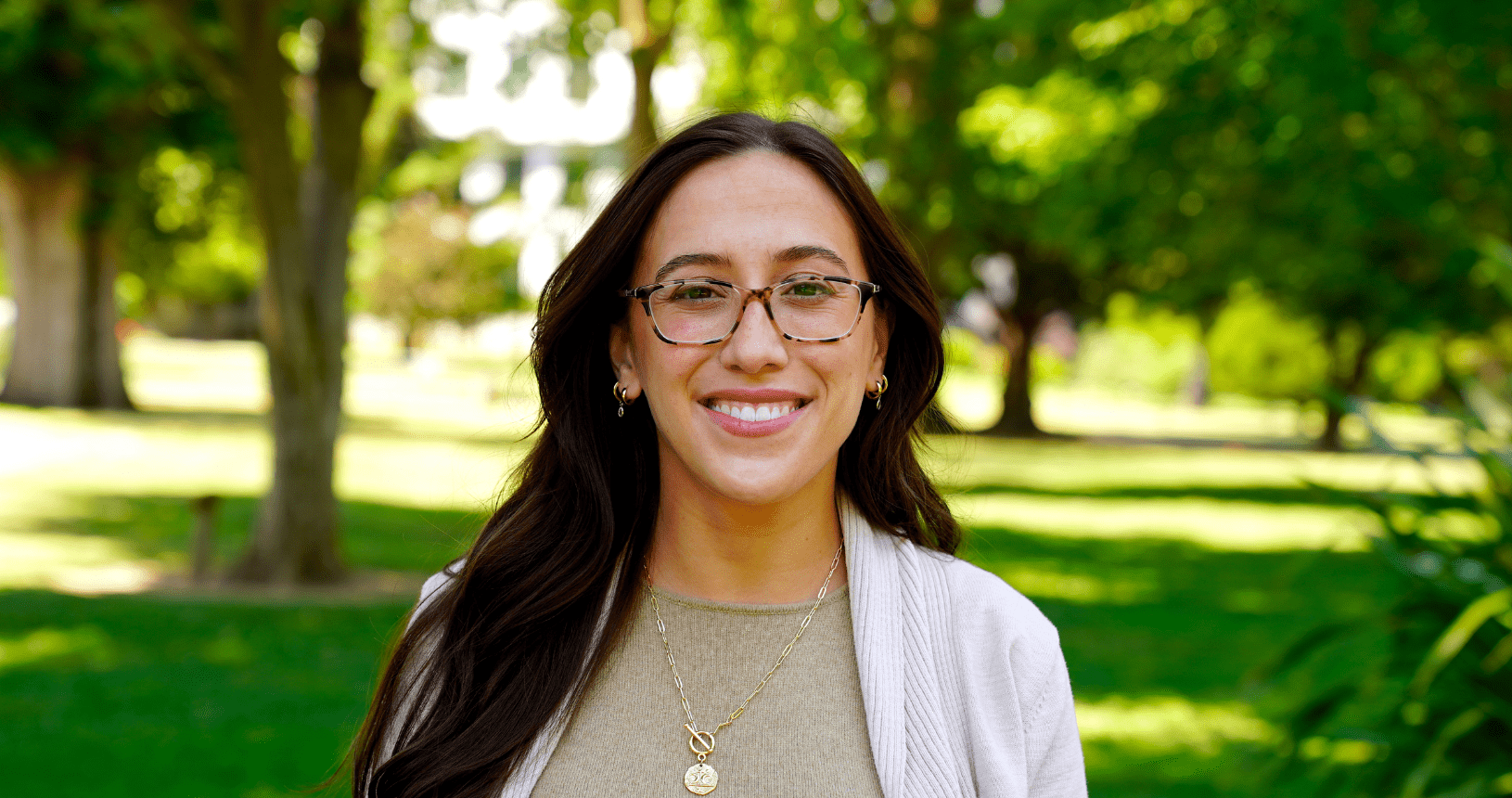
Analise Rivero
CalTrout Associate Director of Policy
Amanda Cooper
CalTrout Staff Attorney
Katy Gurin
CalTrout North Coast Project Manager
Allison Dodds
CalTrout Sierra Headwaters Project Manager
Sandra Jacobson
CalTrout Sierra Headwaters & South Coast Regional Director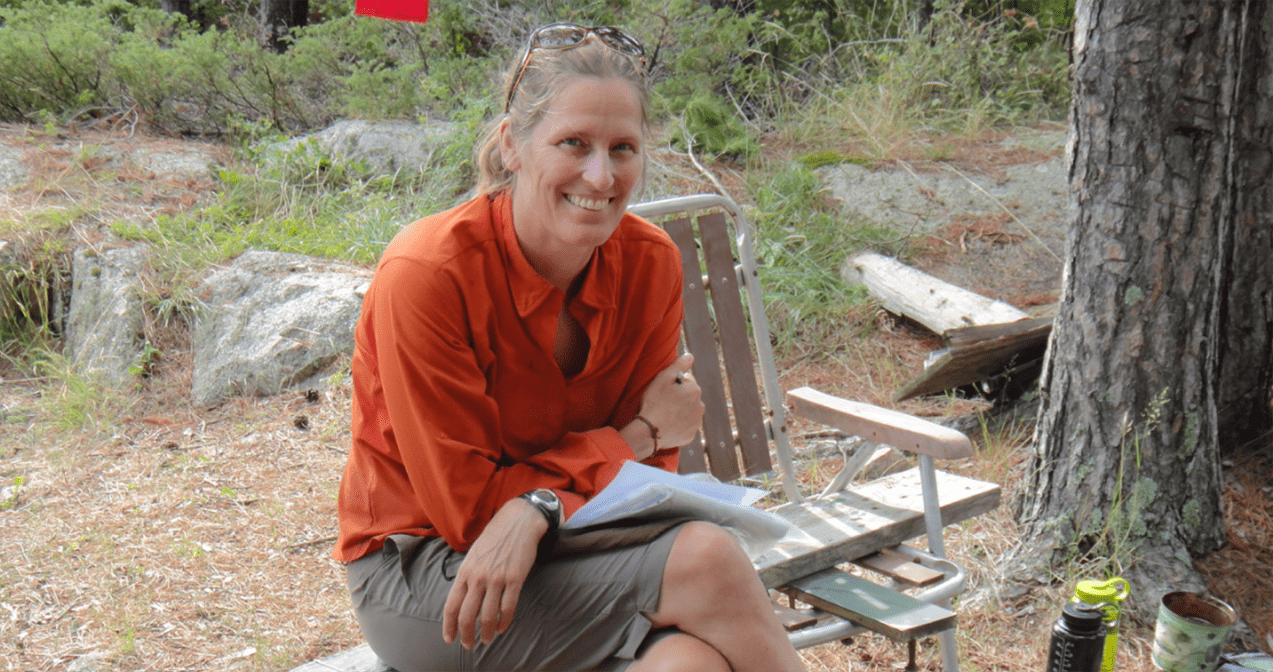
Ada Fowler
CalTrout Mount Shasta-Klamath Senior Project Manager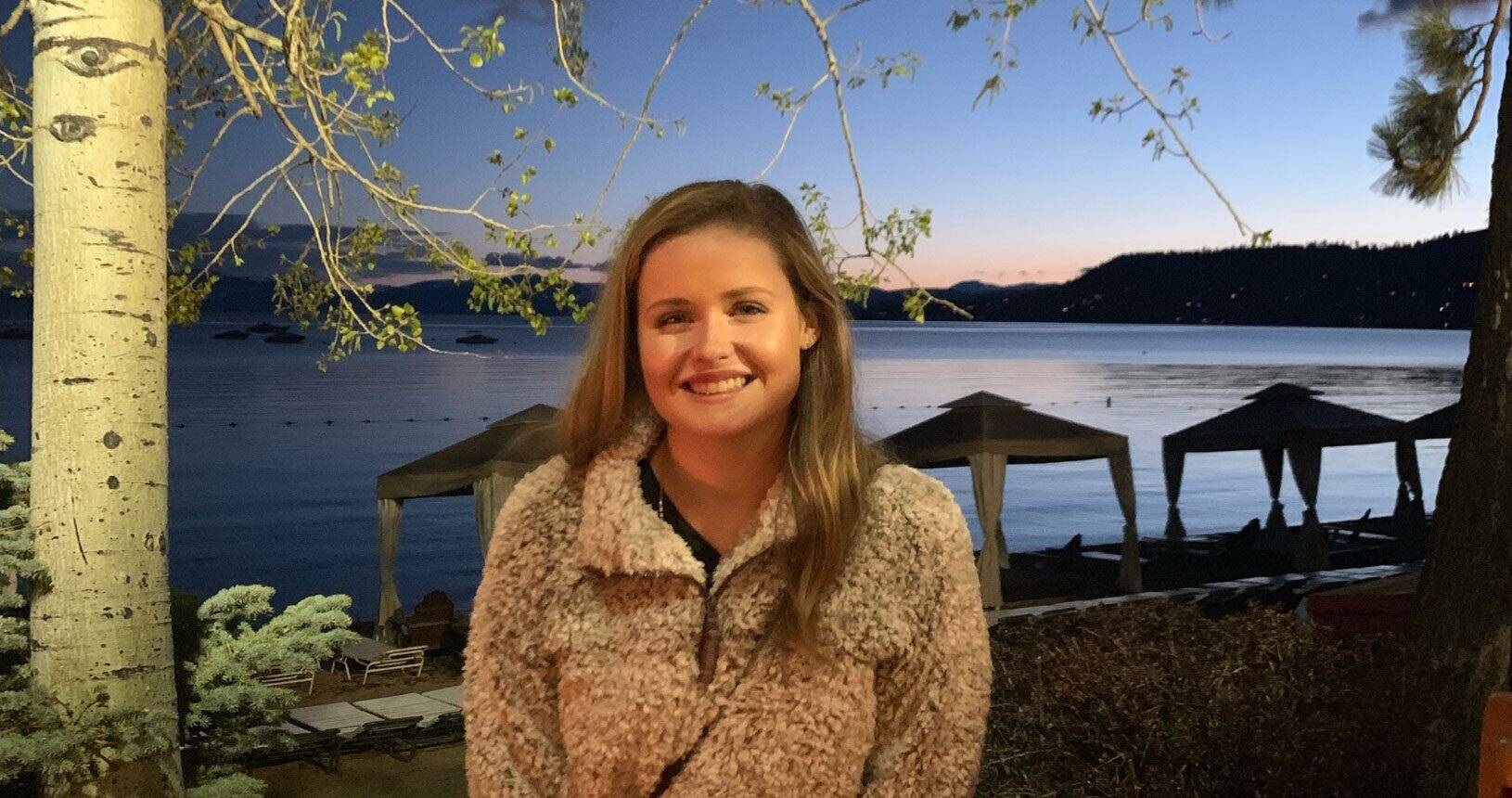
Kam Bezdek
CalTrout Policy Associate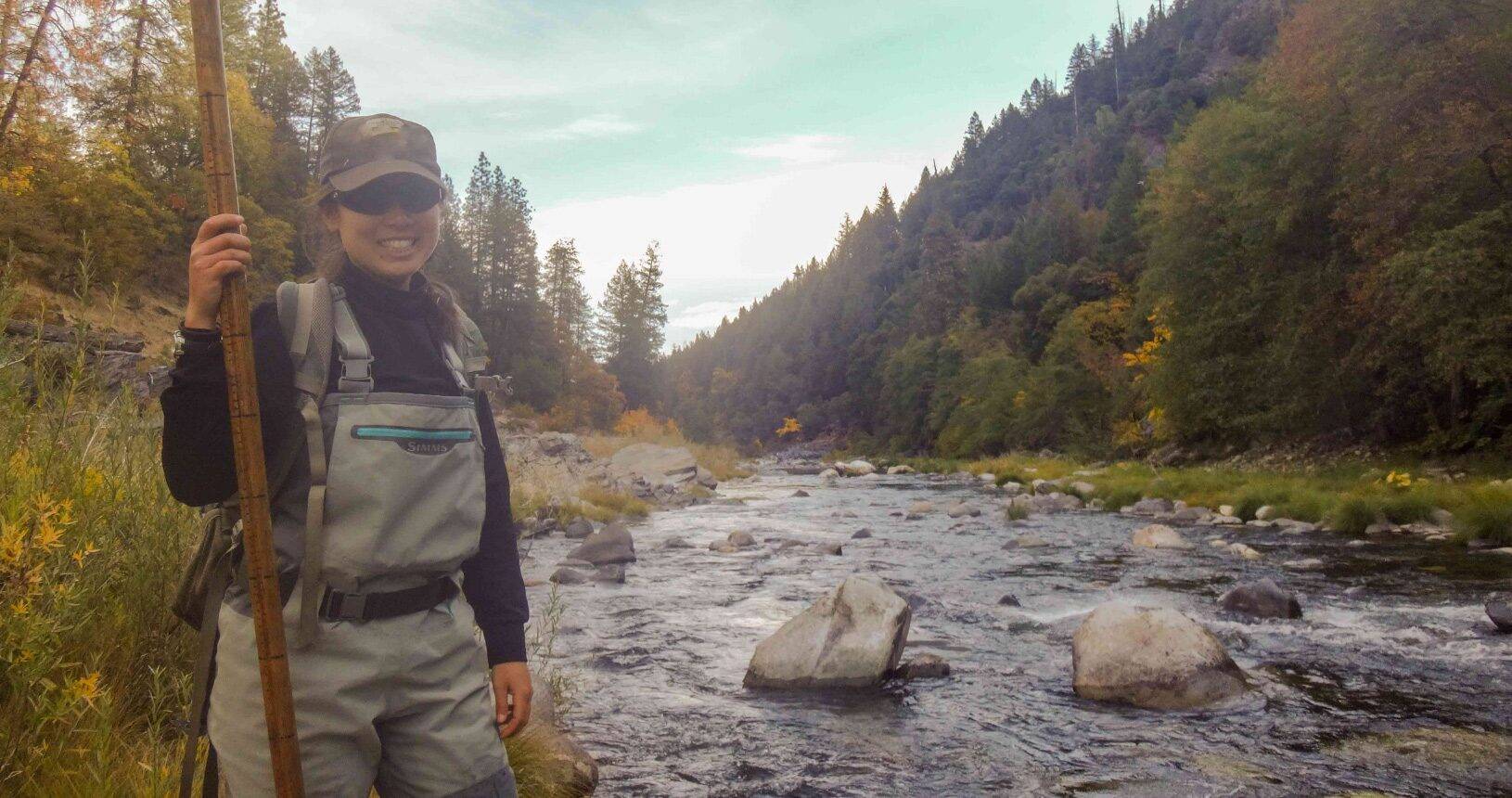
Serena Doose
CalTrout Mt. Shasta-Klamath Project Manager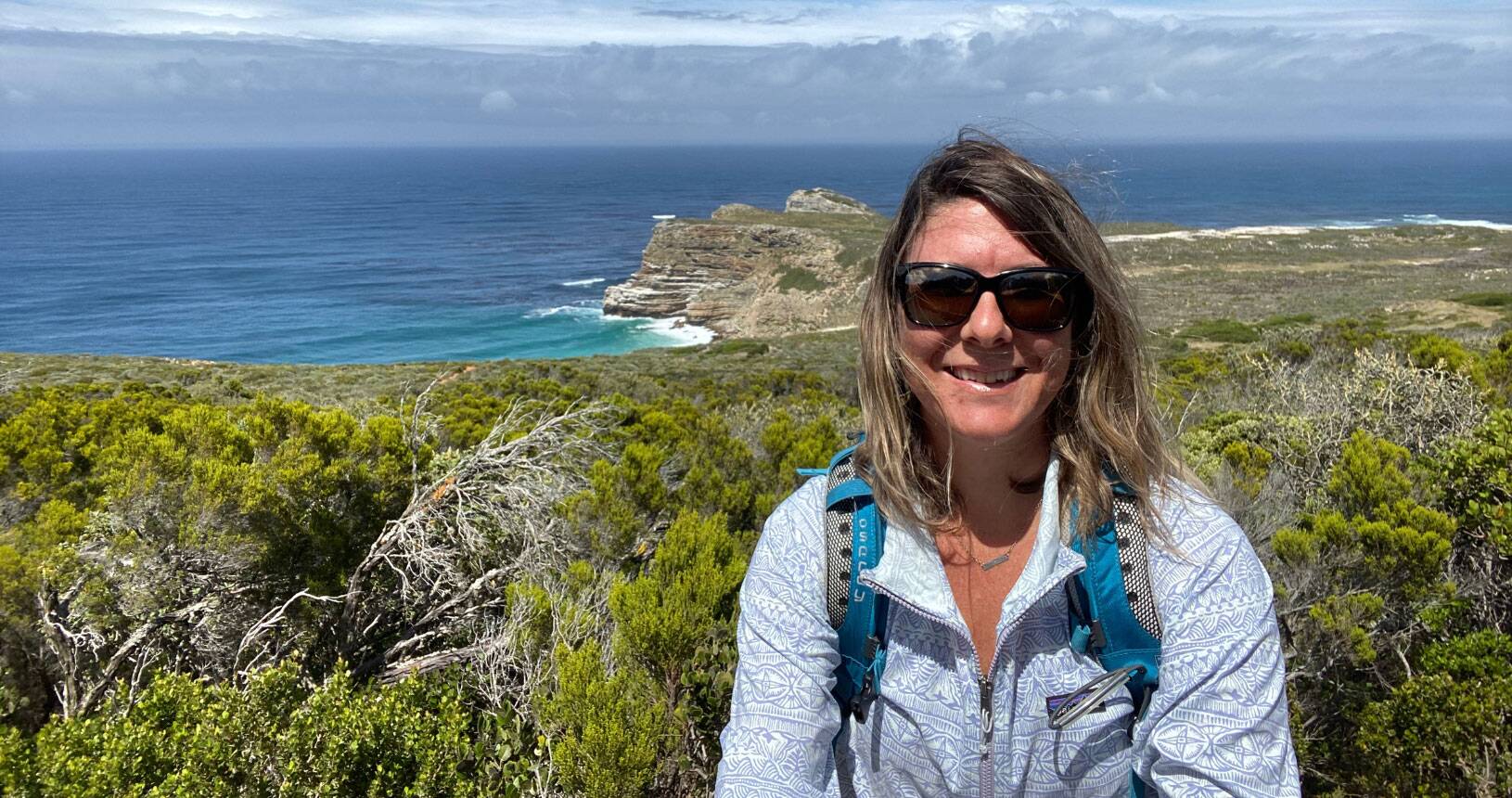
Holly Swan
CalTrout Mt. Lassen Project Manager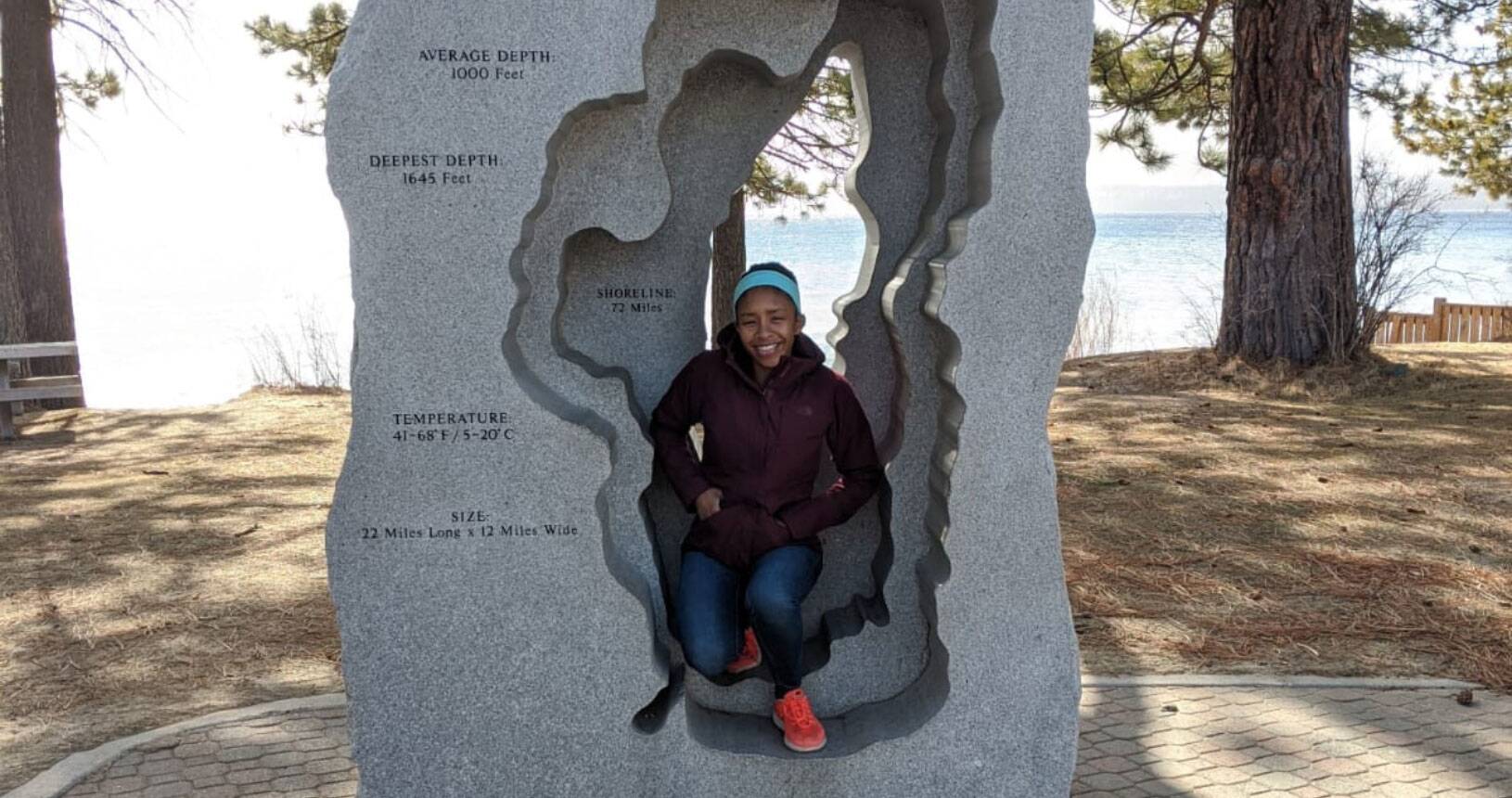
Camyle Allen
CalTrout Conservation Contracts Manager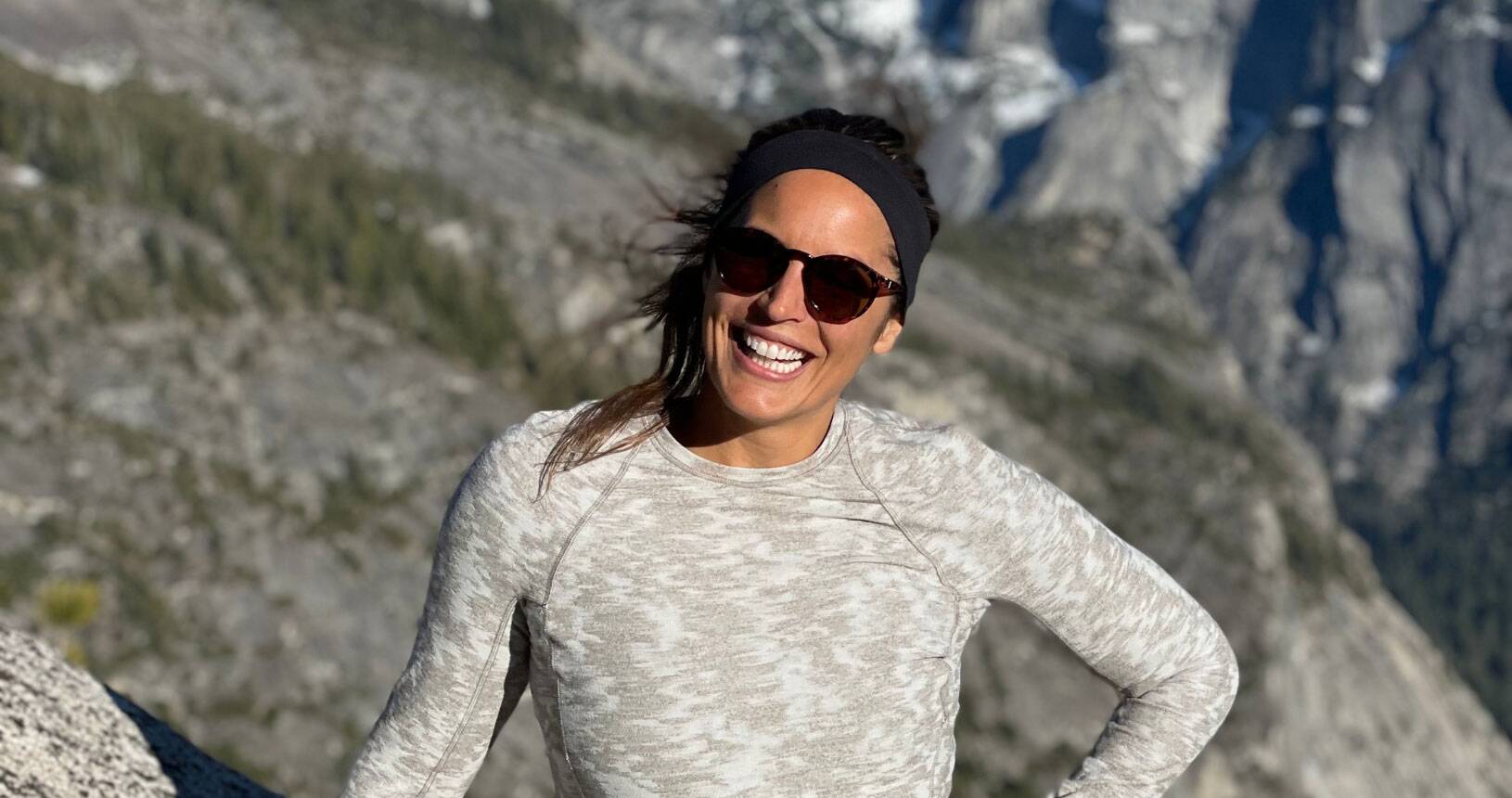
Claire Buchanan
CalTrout Bay Area Senior Project Manager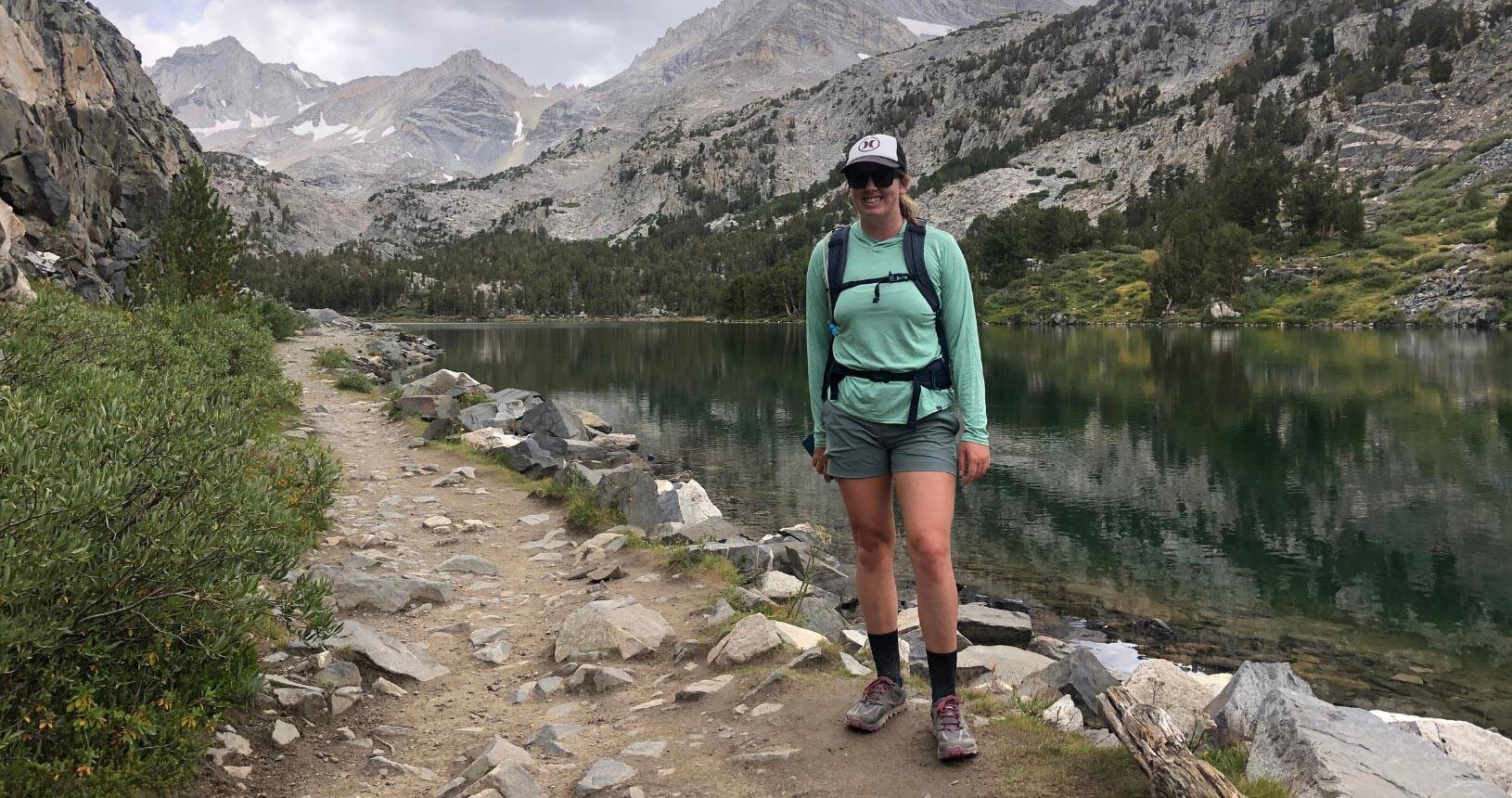
Marrina Nation
CalTrout Sierra Headwaters Project Manager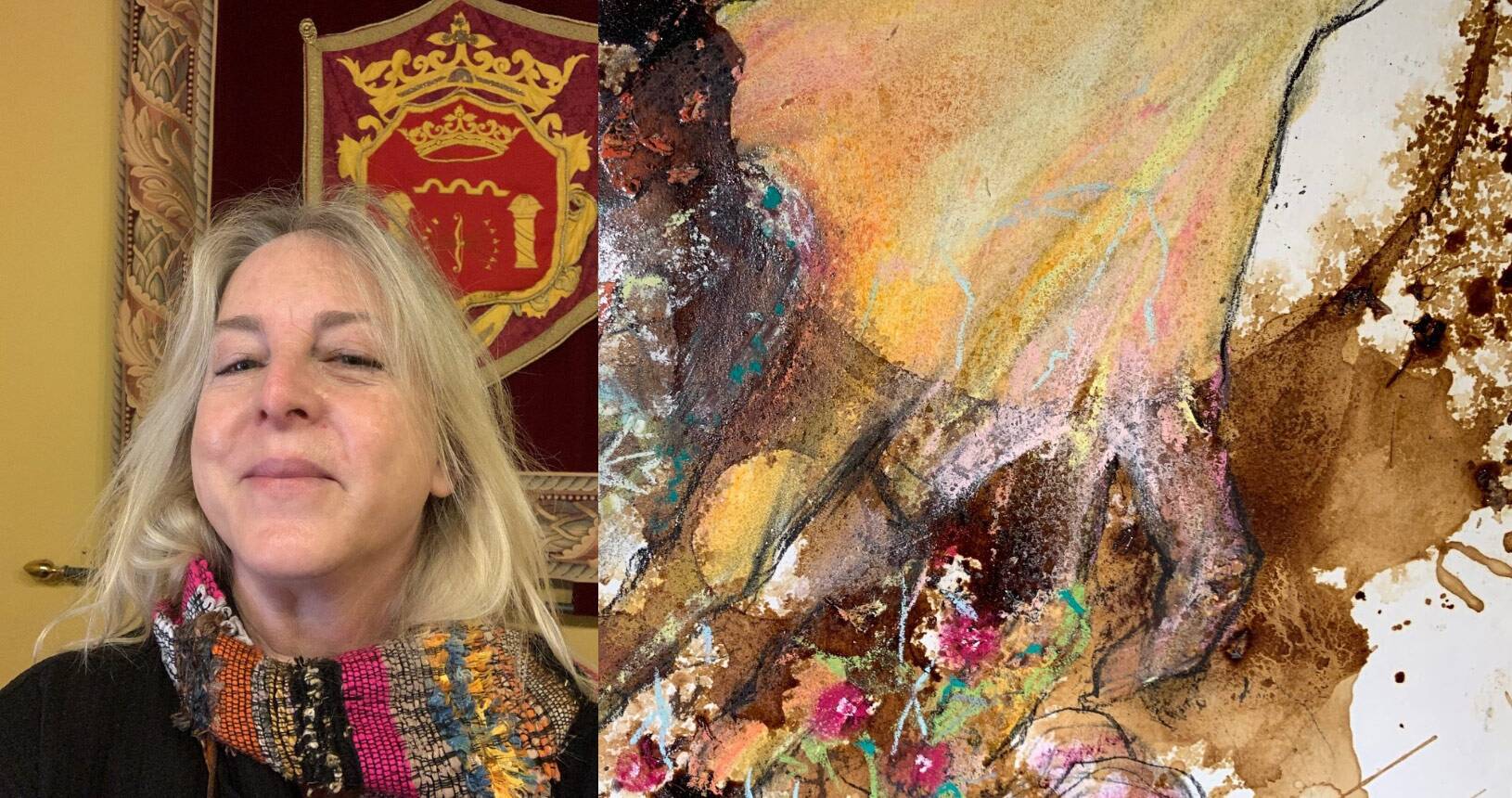
Gaby Roff
CalTrout Director of Institutional Giving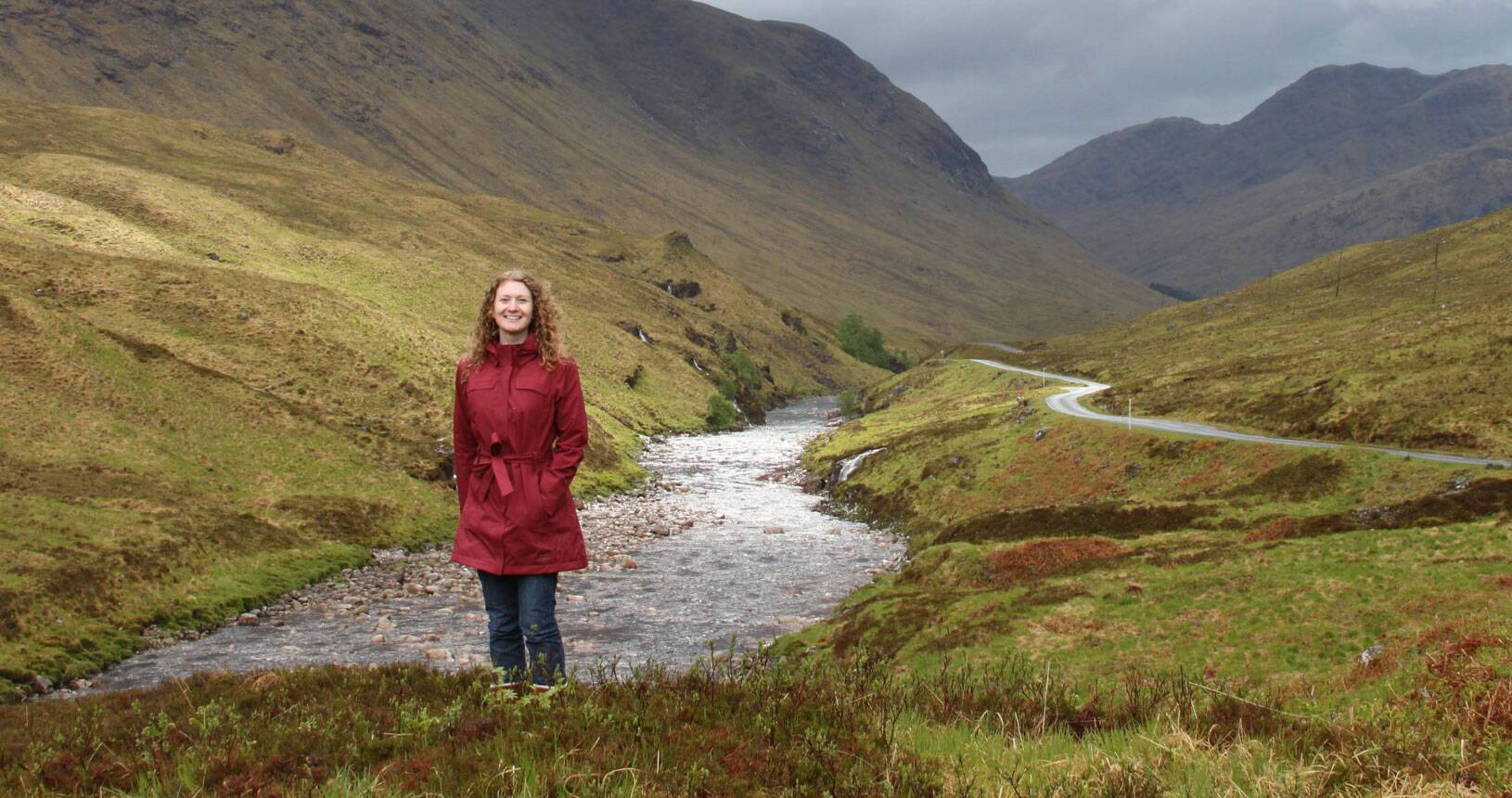
Malinda Baker
CalTrout Grants Associate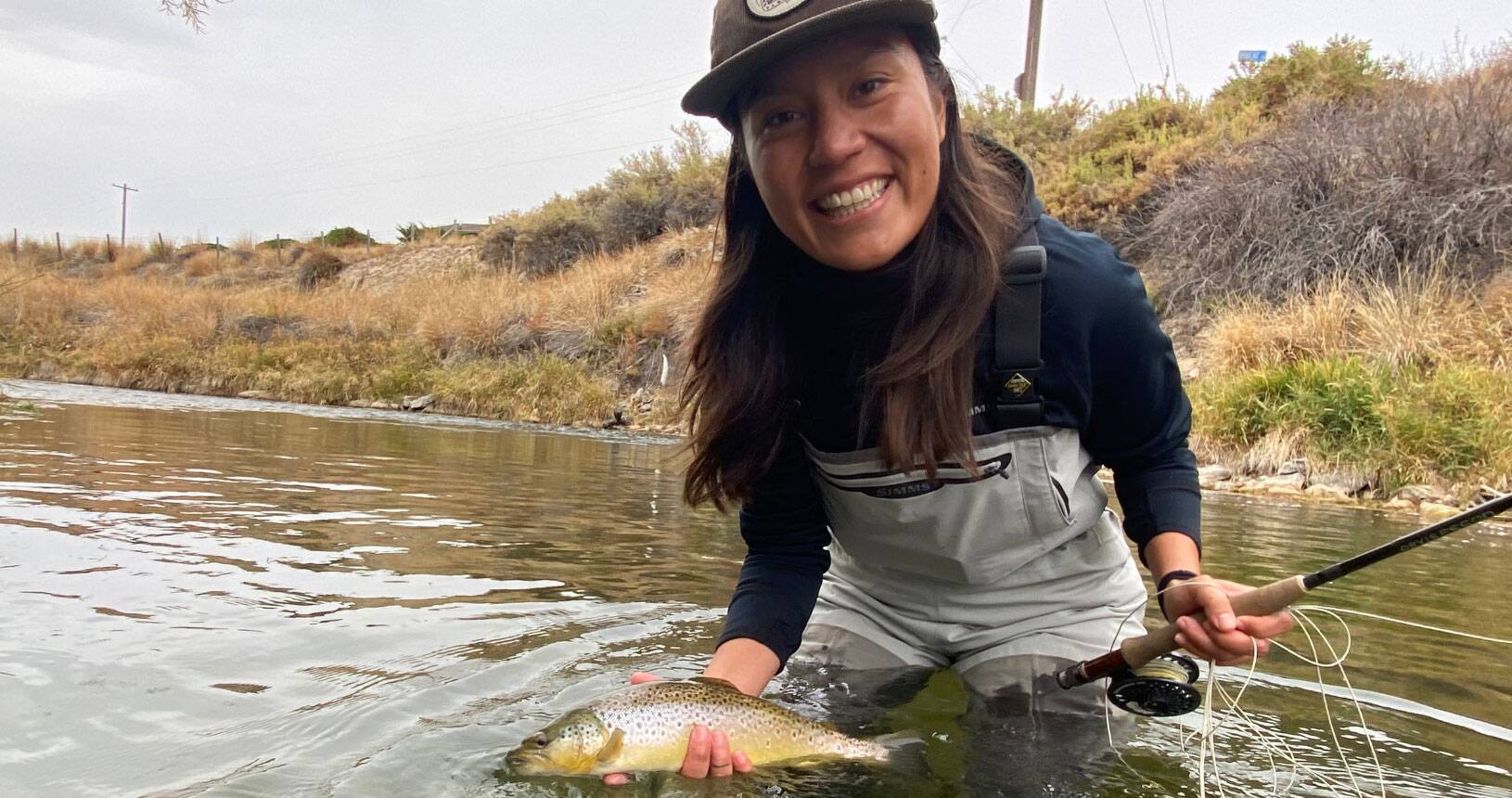
Lazara Ramos
CalTrout Grants Manager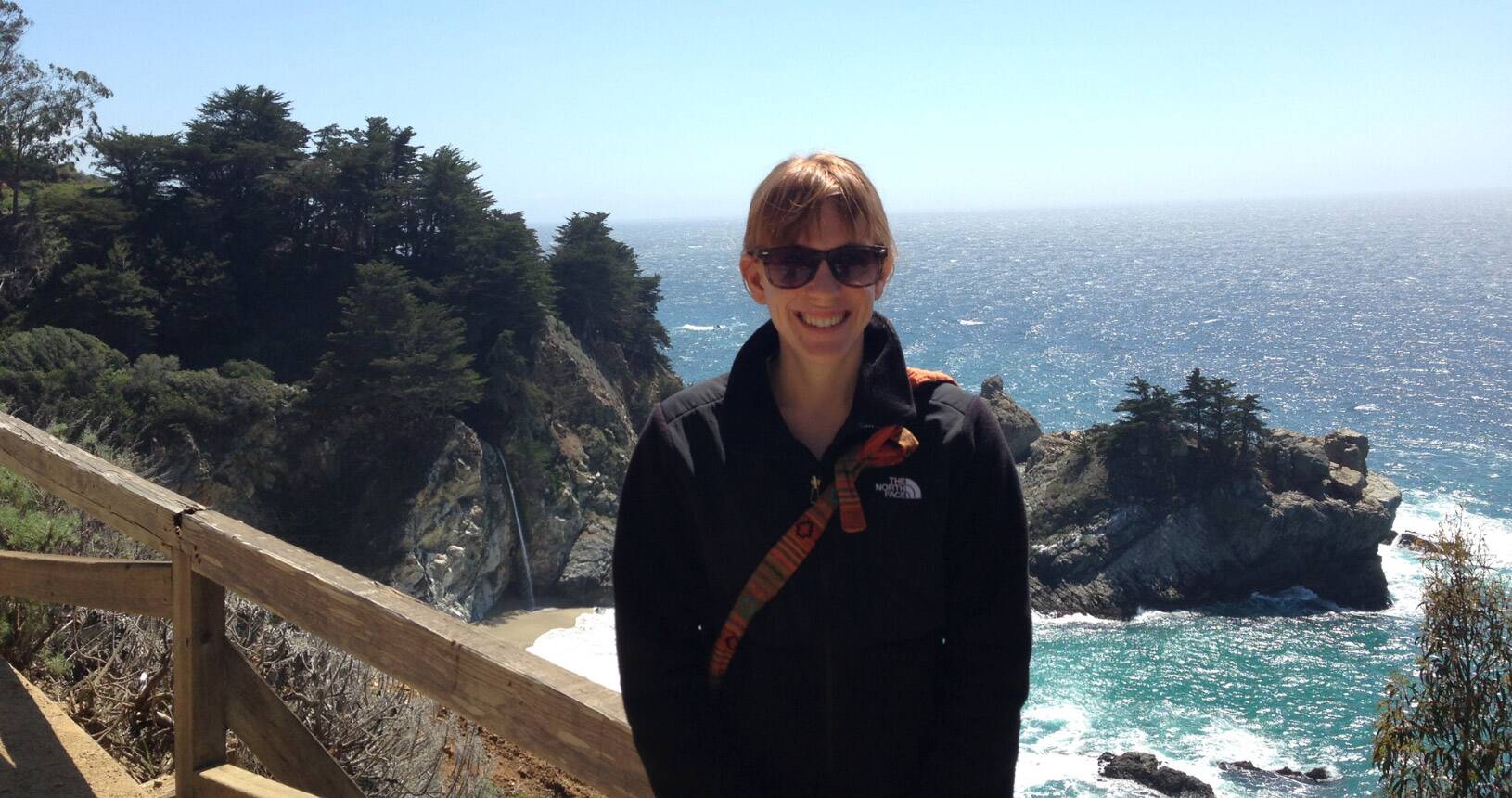
Melissa Racklyeft
CalTrout Senior Grants Manager
Sarah Trenschel
CalTrout Member


